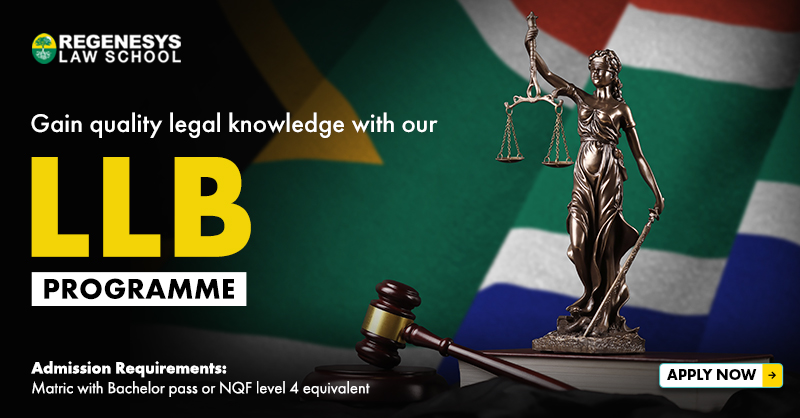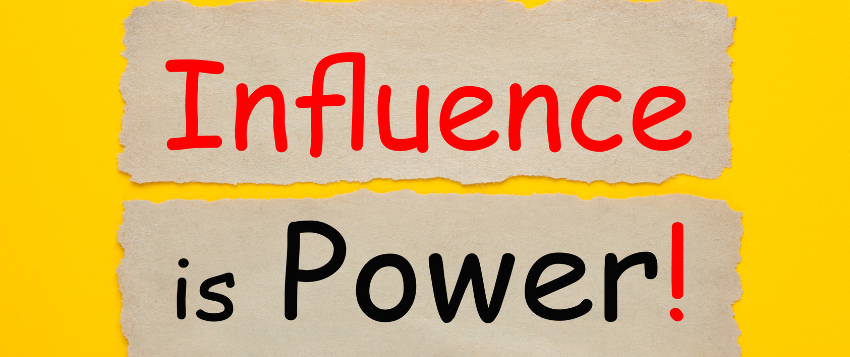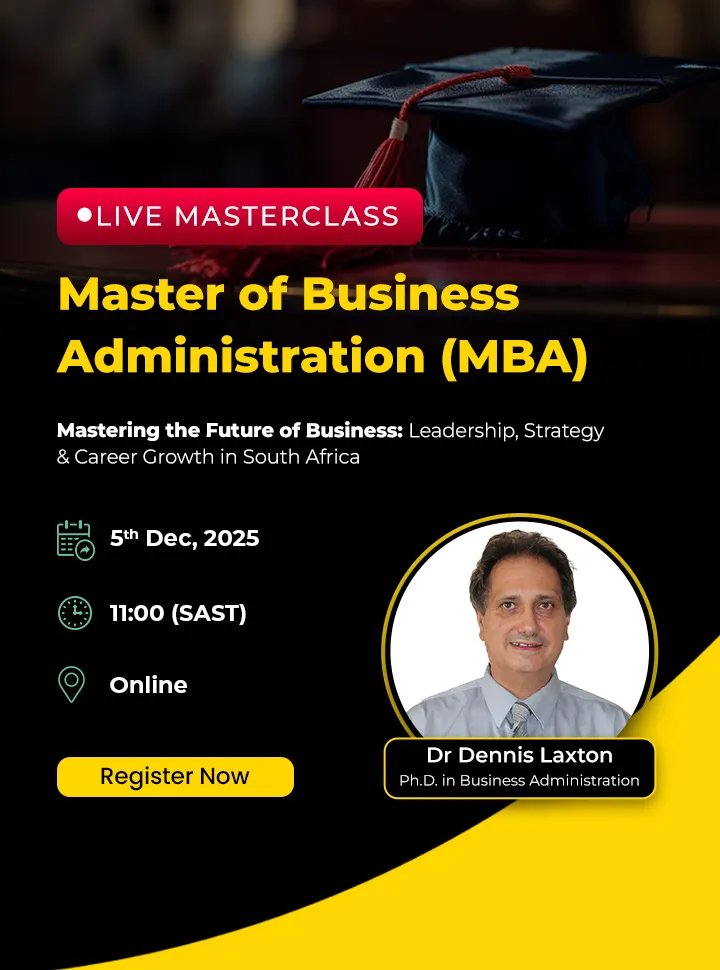What kind of leader are you? Really?
What if you walked into work one day and discovered that your manager was essentially you? Same mindset, same habits, same approach to leadership. Would that version of you make you feel motivated and supported, or would you start quietly questioning your decision to stay?
This is the Mirror Test, a concept originally used in behavioural science to assess self-awareness in animals. It determines whether an animal recognises its own reflection by observing behaviours like inspecting, touching, or attempting to remove a visible mark on its body. According to hrdqu.com, the idea of self-recognition dates back to Charles Darwin, who proposed that some animals might possess a basic form of self-awareness. But it wasn’t until 1970 that psychologist Gordon Gallup Jr. formally developed the test as a tool to study consciousness.
In a leadership context, the Mirror Test becomes something more personal: a bold exercise in self-awareness, alignment, and accountability. It challenges every leader, aspiring or experienced to ask a tough but necessary question:
“If I had to work for someone like me, would I stay motivated?”
Let’s explore the deeper layers behind that question.
1. Leadership Begins with Self-Awareness

To lead others well, you have to start by knowing yourself. Self-awareness isn’t just a nice-to-have, it’s the foundation of effective leadership. It’s about recognising how you show up in different situations, how your energy affects those around you, and how your actions align with your intentions.
Successful leadership is grounded in self-awareness. According to Leadership.Global, being self-aware means you’ve made, and continue to update an honest assessment of your personality, what drives you, and where your strengths and weaknesses lie. Without that clarity, your impact as a leader will always hit a ceiling.
Leaders who are truly self-aware manage more than just tasks. They manage emotional tone, team morale, and their own presence in the room. They’re not perfect, but they’re intentional, constantly reflecting, adjusting, and learning. This is what the mirror test reveals: not a flawless image, but a clear one.

2. Mind the Gap: Values vs. Behaviour

It’s easy to talk about values: trust, transparency, innovation. You’ll find them on posters, in presentations, and on the “About Us” page of just about every company. But what really counts is how those values show up in your daily decisions.
People notice when there’s a gap between what’s said and what’s done. You can say you value psychological safety, but if your team feels shut down or ignored in meetings, that message doesn’t land. You can advocate for balance, but if the only people getting praised are the ones working 12-hour days, your actions are saying something very different.
The truth is, anyone can live their values when it’s easy. What matters is whether you stick to them when it’s hard, when deadlines are tight, tensions are high, or you’re under the spotlight. That’s when your leadership is really tested. And that’s when people decide whether they trust you enough to follow your lead.
3. Influence Is Greater Than Control

It’s tempting to think leadership is about having all the answers or keeping a tight grip on every detail. But the leaders people actually want to follow? They lead with influence, not control.
Influence is about trust. It’s about creating an environment where people feel safe to take initiative, speak up, and make decisions without fear of failure. When teams are trusted, they don’t just follow orders, they take ownership. They start thinking bigger, pushing boundaries, and finding smarter ways to get things done.
Control, on the other hand, may produce quick results, but it comes at a cost. It stifles creativity, slows down progress, and makes people feel like they’re just there to tick boxes. Over time, it breeds frustration and disengagement, the exact opposite of what strong leadership should do.
It helps to take a step back and reflect on your own sphere of influence. Who’s influencing you, and how? As Terri Anne Flint suggests, doing an “influence inventory” is a powerful way to tune into what you’re absorbing and what you’re putting out into the world. Ask yourself:
- Who currently shapes the way I think, lead, or behave? both online and offline?
- Do those influences build me up, challenge me positively, and leave me feeling inspired?
- Or do they leave me feeling drained, insecure, or small?
- Am I adopting habits from people who lead with integrity, or from those who rely on fear and control?
- Most importantly, am I that kind of influence for others?
The best leaders are intentional about the energy they bring into a room. They don’t rely on authority to command respect. They earn it by showing up consistently as a force for growth, trust, and possibility. That’s the kind of influence that leaves a mark and that’s the kind of leader worth becoming.

4. Humility Is Not Optional

No leader has it all figured out and the best ones don’t pretend to. What sets them apart is humility: the ability to recognise they don’t have all the answers, and the willingness to learn from others, regardless of title or experience.
Humble leaders create space for growth, not just their own, but their team’s too. They invite feedback, even when it’s uncomfortable. They’re quick to share credit when things go well and just as quick to take responsibility when they don’t. Instead of leading from ego, they lead with curiosity, constantly asking, “What can I learn from this?”
As Rick Warren puts it, “Humility is not thinking less of yourself, it’s thinking of yourself less.” It’s not about minimising your strengths, it’s about removing yourself from the centre of every decision, conversation, or outcome. Ralph W. Sockman adds another layer of meaning: “True humility is intelligent self-respect which keeps us from thinking too highly or too meanly of ourselves. It makes us modest by reminding us how far we have come short of what we can be” It’s that balance, knowing your value, while staying open and grounded that defines authentic leadership.
When a leader prioritises the mission over personal recognition, it creates a culture where others feel seen, trusted, and empowered to step up. In a world that often equates leadership with dominance or bravado, humility is quietly powerful. It builds trust, deepens connection, and reminds everyone including the leader that growth is a team effort.
5. The Reflective Challenge

Growth doesn’t happen in motion; it happens in pause. In those rare, honest moments when you step back from the noise, look in the mirror, and ask: What’s it really like to be led by me?
- Would I feel heard and respected under my leadership?
- Would I feel stretched in the right ways and supported when it counts?
- Would I be proud to say, this is the kind of leader I’d choose to follow?
These questions aren’t always easy to answer. And that’s the point. Leadership isn’t a polished highlight reel; it’s a daily, often messy commitment to show up better than you did yesterday. If the answers sting a little, you’re probably on the right track because awareness is the starting point of change.
Real leadership isn’t about being perfect. It’s about staying open. Open to feedback, to growth, to admitting when you missed the mark and then doing something about it. That willingness to reflect and evolve? That’s what turns good leaders into great ones.
So don’t rush past the mirror. Spend time with your reflection. It might just show you the next step forward.

Closing Thought
Leadership begins with a question: Would I follow me?
The mirror doesn’t measure titles or achievements. It reflects presence, consistency, and intent.
If the answer is uncertain, that’s where the work begins.
The MBA at Regenesys isn’t about adding to your résumé, it’s about refining the person behind the role. Because real leadership isn’t taught. It’s revealed.







